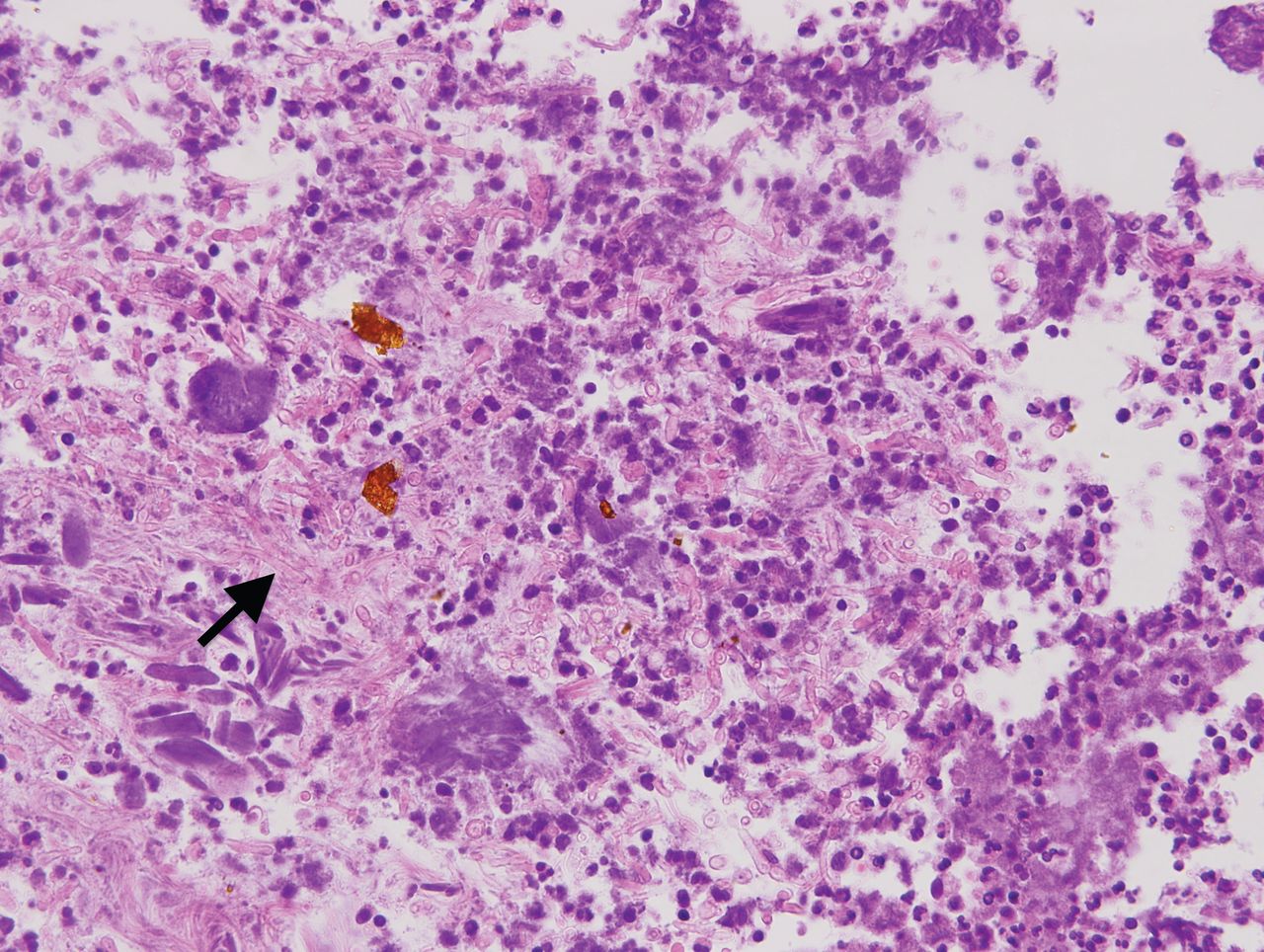
For reporting such cases, an atypical cytologic diagnostic category may be used. 1, 5 However, it is not always possible to make a definitive diagnosis of malignancy on cytology, because the cytomorphologic features between malignant lesions and reactive processes can overlap. Neoplastic cells may be shed into VU singly or in small, loosely arranged clusters and urothelial tissue fragments (UTF), thus allowing for the detection of neoplasia. 2- 4 Although other methods can be used to procure urinary tract specimens for examination, VU specimens are the easiest and least expensive to obtain and are the most common urinary tract specimens in the majority of cytopathology laboratories. 1 Voided urine (VU) has been used for many years for the microscopic detection of urothelial carcinoma.

The primary aim of urinary cytopathology is to detect and diagnose high-grade urothelial carcinoma (HGUC) and therefore it is used to monitor patients with a history of urothelial neoplasms as well as high-risk, asymptomatic industrial workers exposed to known carcinogens. In addition, urolithiasis is associated with AUTF in a substantial percentage of noninstrumented VU specimens. In particular, the rate of high-grade urothelial carcinoma is significantly higher in noninstrumented VU specimens containing AUTF than those containing BUTF (8.8% vs 0.7% P<.0001). The presence of AUTF in noninstrumented VU is associated with low rates of urothelial neoplasia but a statistically higher risk of urothelial neoplasia than the presence of BUTF (10.0% vs 4.4% P<.05). Of 72 cases without histopathologic, radiologic, or cytopathologic follow-up, 62 (86.1%) had a mean clinical follow-up of 22.5 months and 10 cases did not have clinical follow-up. Twenty-five cases had follow-up cytology specimens, all of which were negative for malignancy. A total of 49 specimens (28.8%) were diagnosed with urolithiasis on follow-up. Twenty-four specimens had subsequent or coincidental surgical pathology specimens with the following overall rates of neoplasia: high-grade urothelial carcinoma: 8.8% (15 specimens), low-grade urothelial neoplasia: 1.2% (2 specimens), and prostate carcinoma invading the bladder: 0.6% (1 specimen). RESULTSĪ total of 170 noninstrumented VU specimens containing AUTF were identified. The Johns Hopkins Hospital electronic pathology database was searched for VU cases containing UTF over a 5-year period. In this retrospective study, noninstrumented VU specimens containing UTF with atypical cytomorphological features (AUTF) were evaluated and compared with the previous results.

The authors previously analyzed the outcome of patients with benign-appearing UTF in 274 noninstrumented VU specimens. If UTF contain cytomorphologically atypical cells, the diagnosis often becomes more challenging. The interpretation of urothelial tissue fragments (UTF) in voided urine (VU) specimens is controversial.


 0 kommentar(er)
0 kommentar(er)
